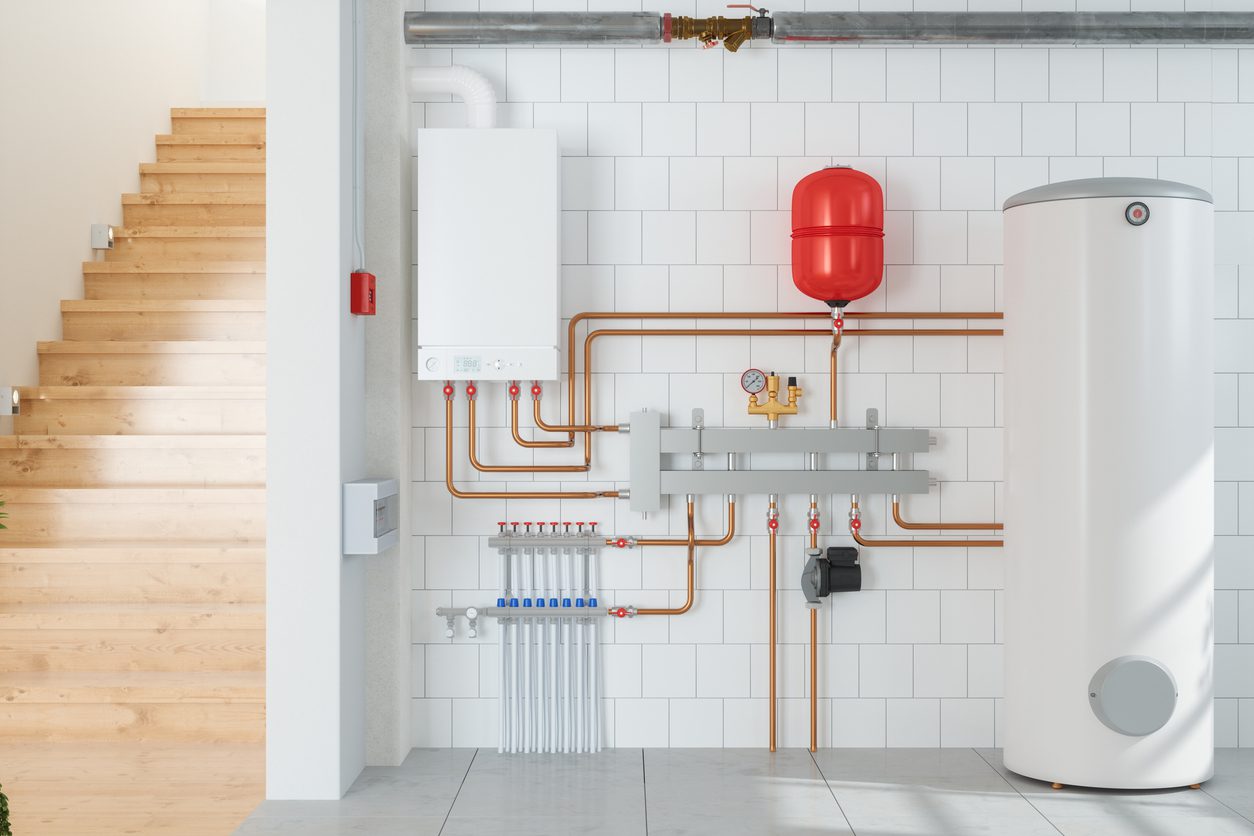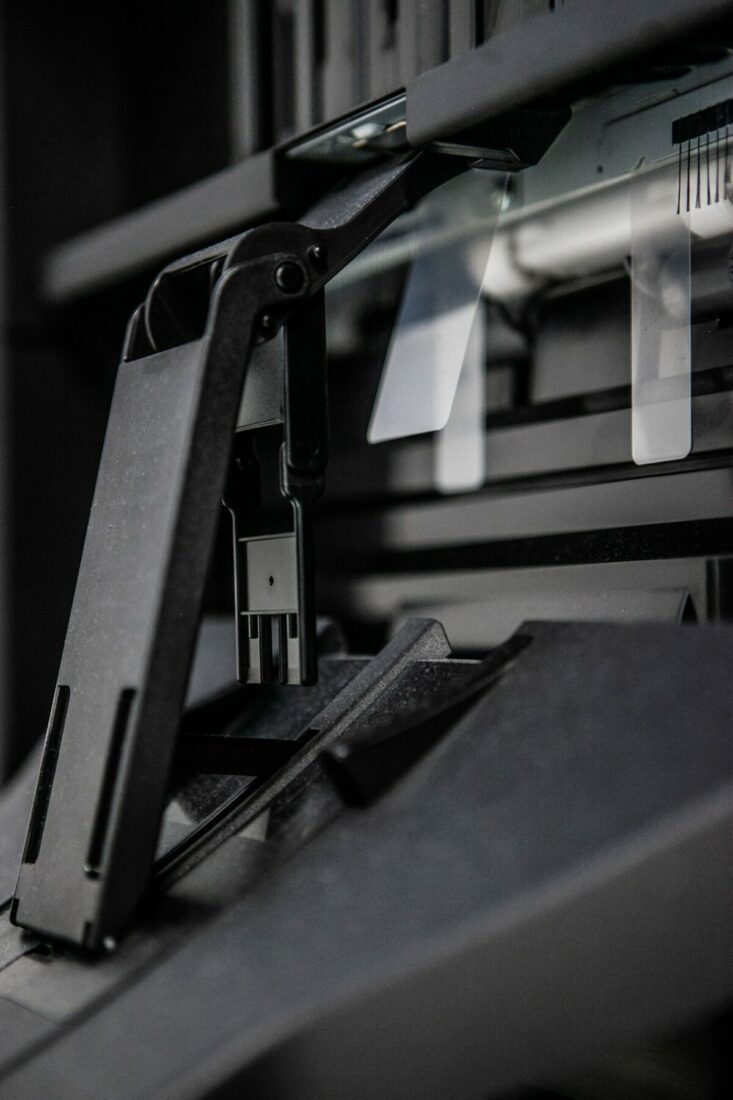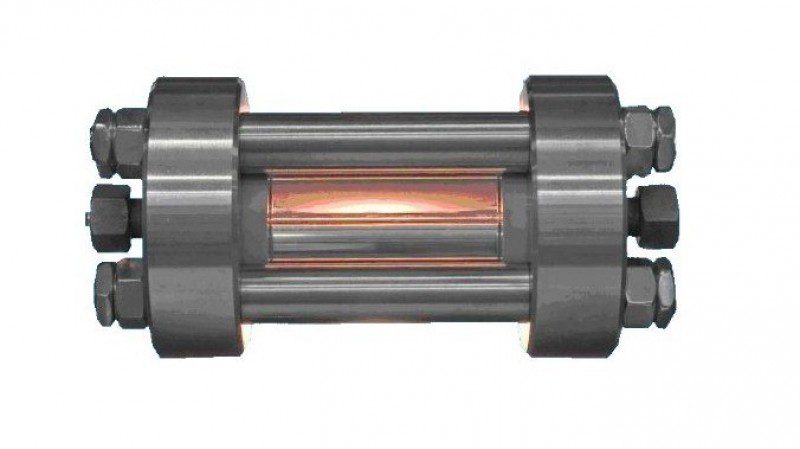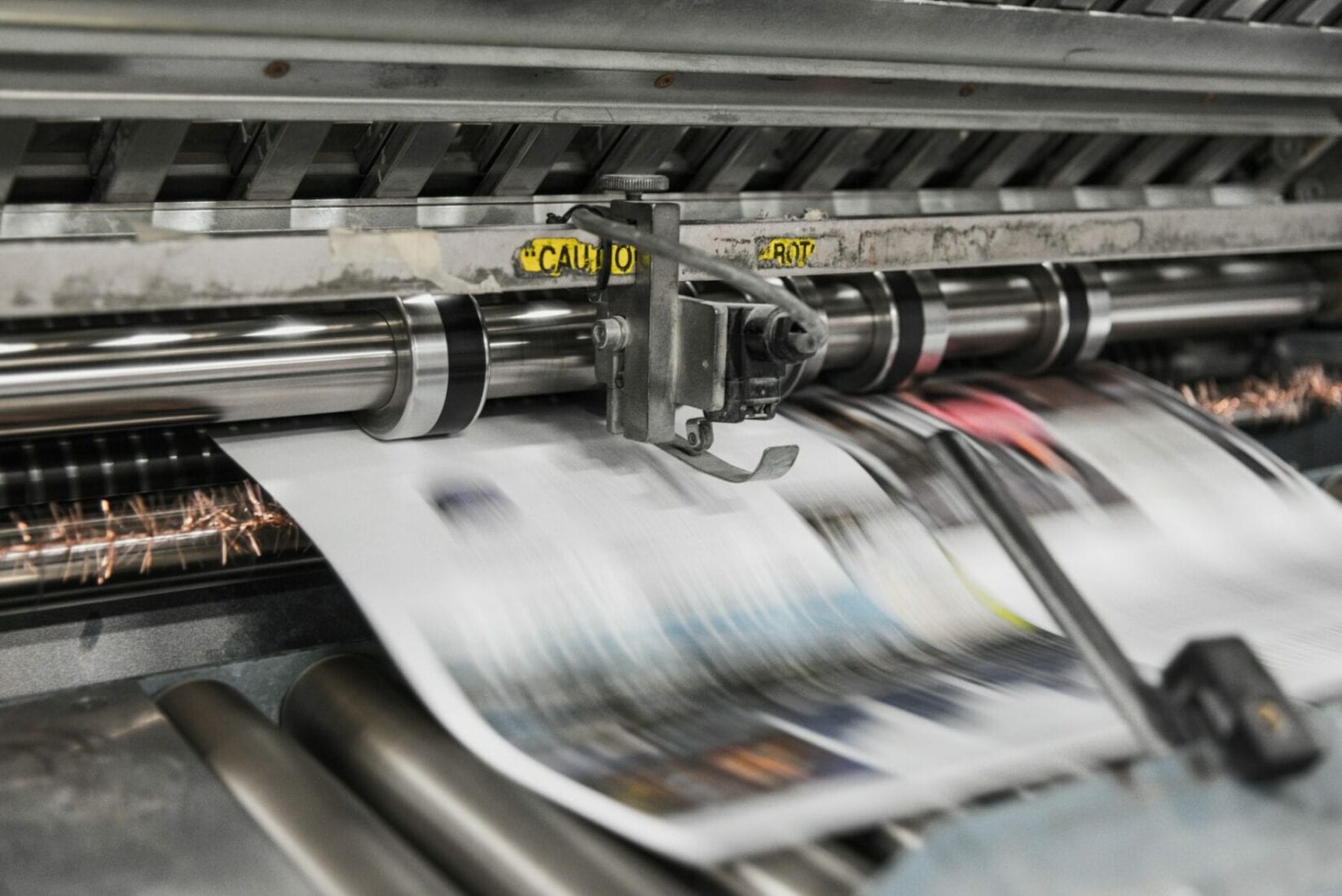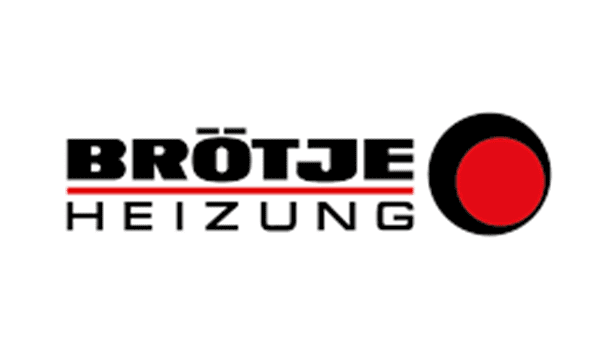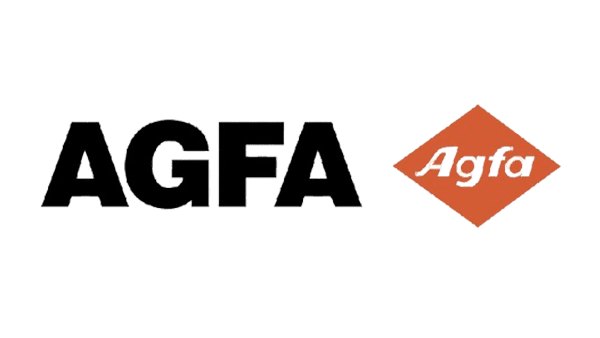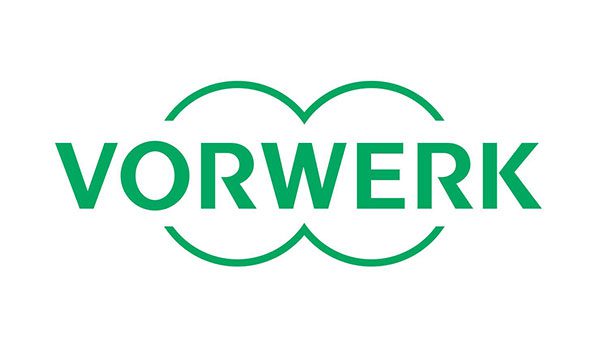Background
In commercial aviation, landing struts are critical components that endure substantial stress upon landing. The high-performance demands placed on these struts require advanced manufacturing techniques to ensure their durability and reliability. A leading commercial aircraft manufacturer needed a solution to enhance the structural integrity and lifespan of their landing struts. Inertia welding technology was identified as a suitable method for creating robust and dependable joints within these critical components.
Challenge
The landing struts on commercial aircraft must withstand high loads and repetitive stress. Traditional welding methods sometimes result in joint weaknesses, which can compromise the overall safety and durability of the struts. The aircraft manufacturer required a solution that could produce high-strength, fatigue-resistant welds without adding significant weight or altering the component’s overall geometry. The welds also needed to meet stringent aerospace safety and quality standards.
Solution
Inertia welding, a process that joins materials by rotating one piece at high speed and pressing it against a stationary piece, was selected for its ability to create strong, high-integrity joints with minimal heat-affected zones. This process is particularly suitable for cylindrical parts like landing strut rods, which benefit from the even distribution of heat and pressure.
The manufacturer used inertia welding rods to join high-strength alloy sections within the landing struts. This method allowed for precise control over the welding process, resulting in consistently strong joints. The benefits of using inertia welding included:
- Enhanced Joint Strength: The frictional heat generated during inertia welding forms a solid-state bond with high tensile strength, ensuring the joints are less susceptible to fatigue and wear.
- Reduced Defects: With minimal heat-affected zones, inertia welding reduces the likelihood of cracks or other defects that can compromise structural integrity.
- Improved Production Efficiency: Inertia welding is a quick process that enables faster production cycles compared to traditional welding methods.
Results
The use of inertia welding rods on the landing struts resulted in joints with superior durability and resistance to stress fractures. Testing showed significant improvements in the struts’ performance under cyclic loading conditions, a key measure of their longevity and reliability in commercial aviation. Additionally, the inertia-welded struts passed all safety certifications, confirming their compliance with stringent aerospace standards.
Outcome
The aircraft manufacturer achieved enhanced safety and reliability for its landing struts, contributing to improved aircraft performance and reduced maintenance costs. The success of this project demonstrated the value of inertia friction welding in critical aerospace applications, paving the way for its broader adoption in commercial aircraft manufacturing.








